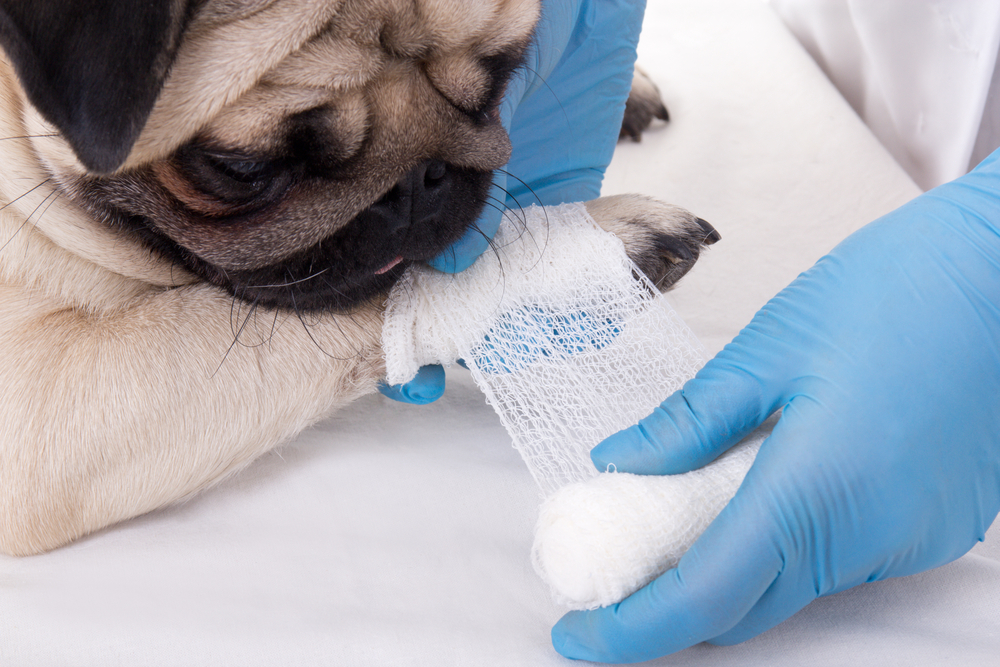
Just like humans, pets can also face unexpected health issues or accidents that require immediate attention. Having a well-thought-out plan and the necessary supplies can make all the difference in ensuring the safety and well-being of your pet.
Common Pet Emergencies and How to Recognize Them
To effectively prepare for emergencies, it is essential to be aware of the common pet emergencies and know how to recognize the signs. Here are some of the most common pet emergencies:
Choking or Difficulty Breathing
Choking is a serious emergency that can be life-threatening for pets. Signs of choking include pawing at the mouth, gagging, difficulty breathing, or excessive drooling. If your pet is choking, it's important to act quickly. Try to remove any visible obstruction from their mouth using tweezers or your fingers. If you are unable to do so, perform the Heimlich maneuver by applying firm pressure just behind the ribcage.
Poisoning
Pets are curious creatures and may accidentally ingest toxic substances. Signs of poisoning can vary depending on the toxin ingested but may include vomiting, diarrhea, seizures, or lethargy. If you suspect your pet has been poisoned, contact a veterinarian immediately. Avoid inducing vomiting unless instructed to do so by a professional.
Fractures or Broken Bones
Pets can sustain fractures or broken bones from accidents or falls. Signs of a fracture may include limping, swelling, or an abnormal positioning of the limb. If you suspect your pet has a fracture, it's crucial to immobilize the affected area using a splint or bandage and seek veterinary help as soon as possible.
Pet First Aid Basics
In addition to having a well-stocked emergency kit, it's crucial to familiarize yourself with pet first aid basics. Here are some essential first aid techniques that can make a difference in an emergency:
Wound Care
Proper wound care is essential to prevent infection and promote healing. Clean wounds with mild antiseptic solution and cover them with sterile gauze pads or bandages. Remember to apply gentle pressure if there is bleeding.
Heatstroke and Hypothermia
Pets are susceptible to heatstroke and hypothermia. In case of heatstroke, move your pet to a cool area, provide water, and wet their fur with cool water. For hypothermia, gradually warm your pet using blankets or warm water bottles. It's crucial to monitor their temperature and seek veterinary assistance.
Pet Emergency Preparedness Tips for Specific Situations
In addition to general emergency preparedness, there are specific situations that require additional considerations for your pet's safety and well-being. Here are some tips for different scenarios:
Natural Disasters
During natural disasters such as hurricanes, earthquakes, or floods, it's crucial to have a plan in place to ensure your pet's safety. Identify pet-friendly shelters or hotels in advance, and have a designated safe area within your home with necessary supplies. Keep your pet's identification tags and microchip information up to date in case of separation.
Travel
If you're traveling with your pet, it's important to plan ahead to ensure their safety and comfort. Research pet-friendly accommodations, pack their familiar bedding and toys, and bring their medical records and medications. Additionally, use a secure pet carrier or harness during transportation to prevent accidents or escapes.
Keeping Your Furry Friend Safe and Healthy
Remember to always prioritize your pet's safety and seek professional help when needed. With proper preparation and care, you can ensure that your pet remains safe, healthy, and happy in any emergency.
For more information on pet emergency preparedness and first aid, visit Community Pet Outreach at our Lewisville, Texas, office. Please call (972) 848-8930 to schedule an appointment today.





